Fly fishing is something I have always done. However, I have been more and more into the same the past few years. During my vacation, I had the golden opportunity to hone some fly-rod-specific techniques. To be honest, I learnt quite some great lessons when it comes to fishing for these critters almost daily.
Unlike carp, bass
More…
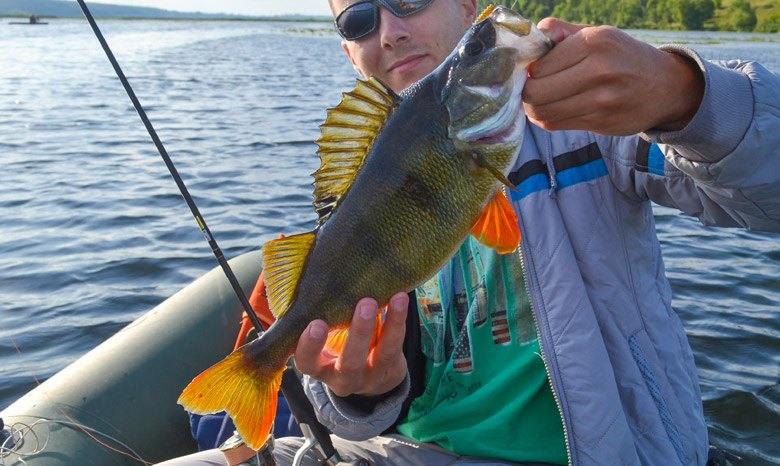
Largemouth and smallmouth bass may be the most popular
In this piece, I want to share some incredible lessons on how to fly fishing for bass. I have learnt these great lessons during my course of fly fishing for the same. By the end of the post, you’d have learnt valuable lessons on how to fly fishing for bass. Read on.
Step By Step Guide On How to Fly Fishing for Bass
Step 1: Leaning the basics of fly fishing for bass
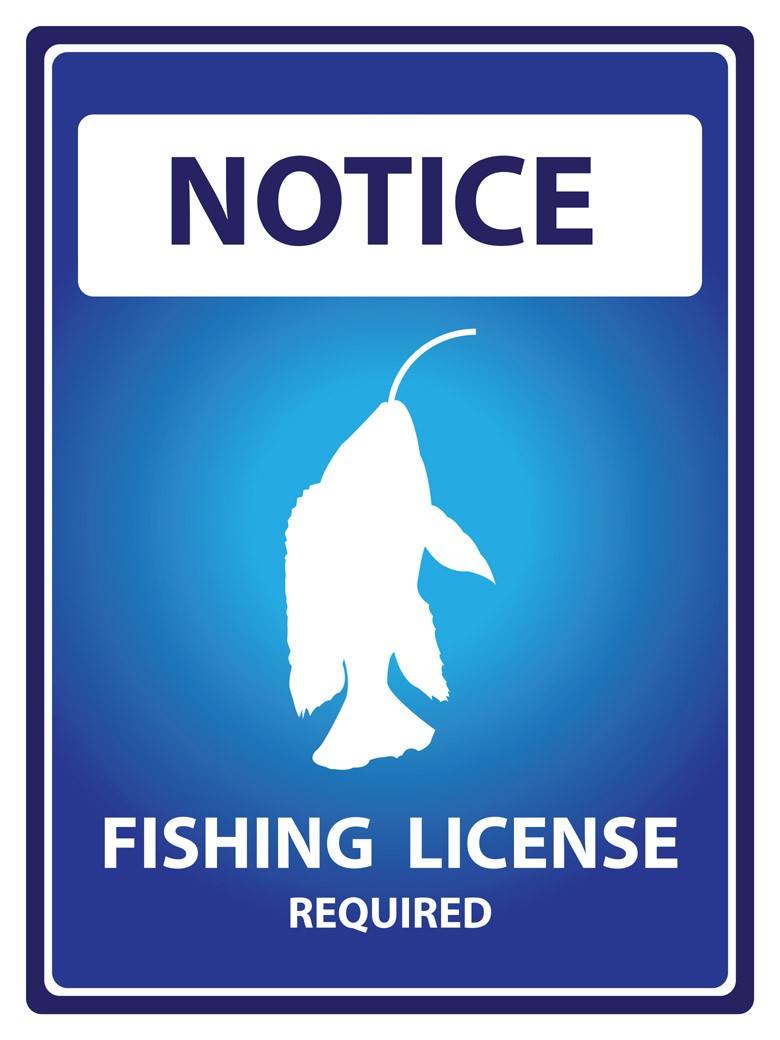
Before setting out on any form of
Step 2: Purchase or borrow quality-fishing gear
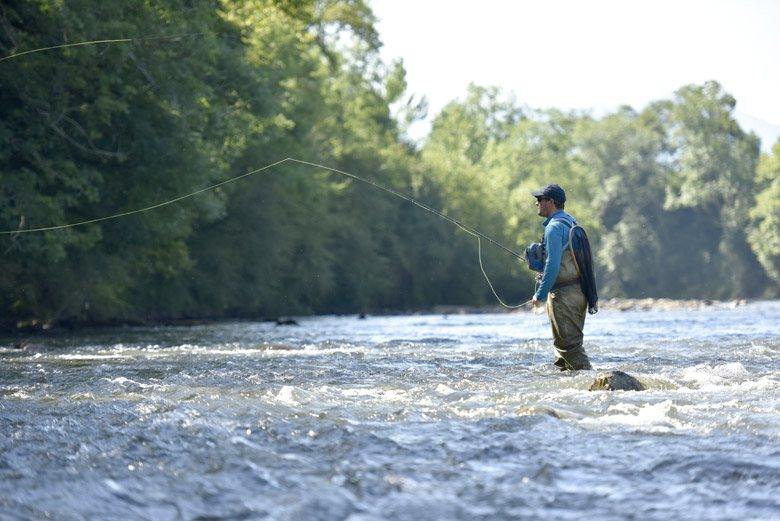
When it comes to fly fishing for bass, you will require specialized equipment. You can opt to purchase low-cost equipment or borrow gear if you are on a budget. At this point, here are the basics you’ll need:
- Pliers
- Flies
- A spool
- A fly rod
- Fly fishing vest
- Non-slip feet attachments
- Wading boots
- Waders
- Sunglasses with polarized lenses
- Your hat for blocking the sun
- A landing net
- Fly box to transport gear
- A reel case and rod
- Sharp pocket knife
- A hemostat
Step 3: Choosing effective flies
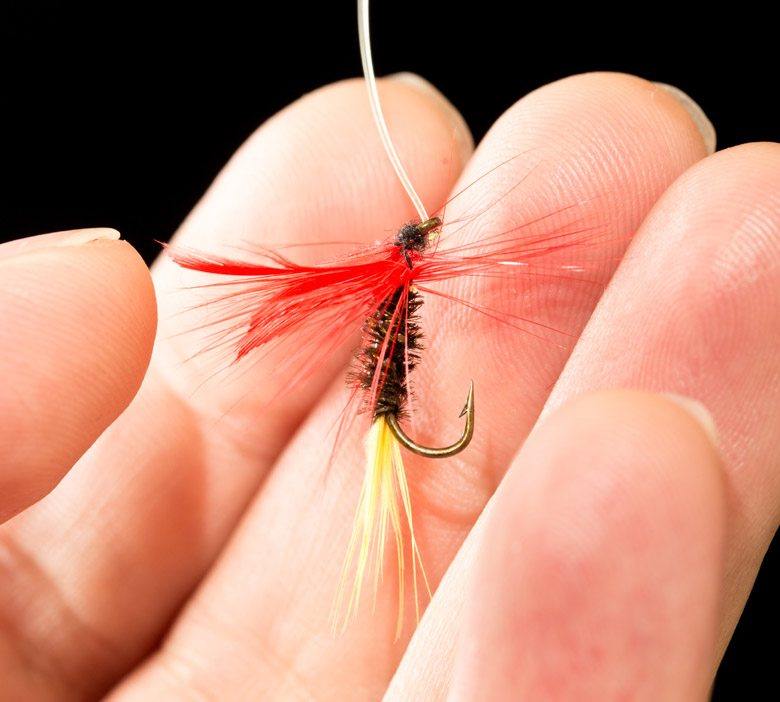
Different types of flies exist. Each one is designed perfectly to
- Damselfly/dragonfly
- Leeches
- Midges
- Terrestrial hitches
- Stonefly hatch
- Caddisfly hatch
- Mayfly hatch
Step 4: Learn how to tie your dry fly

Some people prefer to make their own fly. However, be aware, doing so can be
Step 5: Learn how to tie your fly knots effectively
Whether you are buying or making your own fly, it is highly important to know how to attach it to your line. This ensures it stays on for long. Avoid tightening any knots until the fly is securely in position. Ensure you know how to firmly secure a fly before casting into a river.
Step 6: Know the right place and time to fish

It is important to understand Bass habits during every season. For instance, during lower temperatures or winter, bass only bite when the lure is directly in their strike zone. They tend to be erratic during fall. However, they feed closer to shore when the temperatures drop. Summer and spring are the ideal fishing conditions because the fish will feed closer to the shore during early morning hours. Later in the day, they move out to open waters around creek structures and channels.
Step 7: Casting and Reeling in bass
If you have got
Check out these techniques to help you catch your bass like a pro.
Step 8: Hook a fish
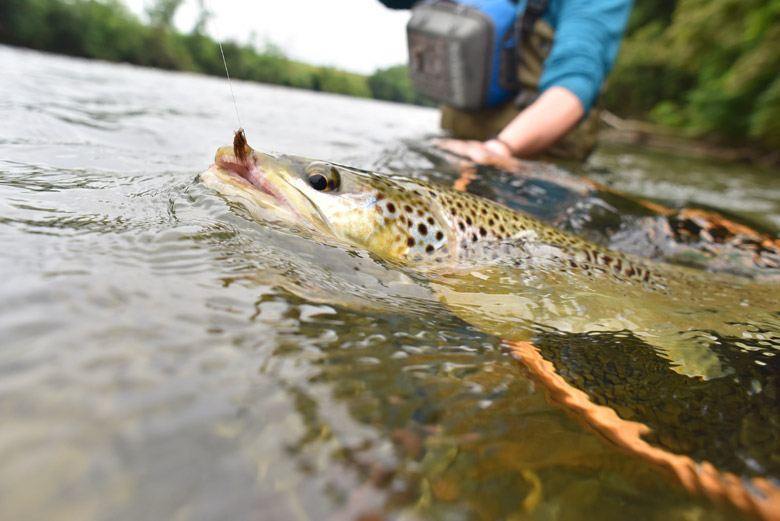
After getting a bite, you will definitely need to hook a fish. Failure to do so
Avoid yanking the top tip towards the upwards direction. Ensure the rod tip is close to water especially if your new catch tries to bolt upstream. Keep on stripping away the line until that time the fish will tire itself out. If you are pulling in a large fish, palm the reel. It simply means you apply pressure using your palm on the reel in order to prevent
Step 9: Net the bass once it is tired and is in shallow water
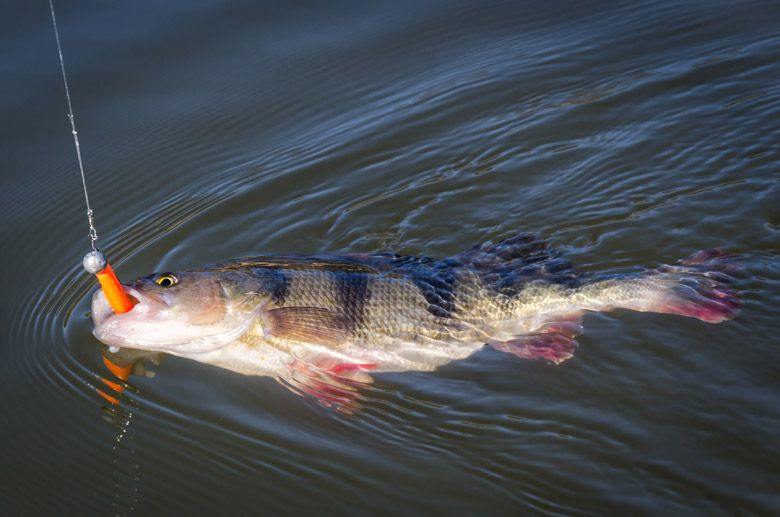
After hooking your fish, it will start to fight. Furthermore, it might try to swim downstream or upstream or jerk your line around as it tries to get free. The important thing is to allow it to tire itself out. As it does so, make sure you move your rod accordingly and then reel it in.
Step 10: Keep your bass as you wait to enjoy your catch
What more could you want than to look forward to enjoying your catch after netting it…
Helpful tips and tricks
- Never ignore artificial worms and creature baits
- Weights and scents might increase your chances of landing a fish
- It is prudent to solely depend on artificial lures --- for instance, a great crawler might also produce spectacular results
- Do not get discouraged if you are unsuccessful at catching fish during your first time
Conclusion
There is no doubt that learning how to excellently fly fish for bass is unquestionably an amazing introduction to the fly fishing sport. I personally believe that it is best to begin out just on a pond with panfish or bass rather than on moving water. Smallmouth and largemouth bass fly fishing is an incredible way of spending a quiet afternoon. The good thing is that many people have this kind of fish close home. Therefore, it is a great way to be adventurous and try out newfound skills right away.
Check out this video on how fly fishing for bass to learn more on the same.
Leave a Reply